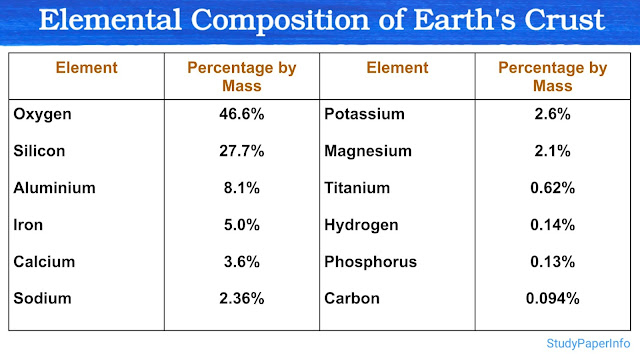What is upstream and downstream of the structural genes?
In molecular biology, the terms upstream and downstream refer to the positions of sequences relative to structural genes in the DNA, which encode proteins or functional RNAs. These terms are based on the direction of transcription. Transcription occurs from the 5′ to 3′ direction on the coding strand and these orientations help determine the functional significance of various DNA regions.
What is Upstream of the Structural Genes?
Upstream refers to the DNA sequences that are located before the structural genes, in the 5′ direction. These regions do not directly code for proteins but play critical roles in regulating gene expression by influencing the process of transcription.
Key components upstream of structural genes:
1. Promoter
- The promoter is the region where the RNA polymerase binds to initiate transcription.
- In prokaryotes, the promoter region often contains consensus sequences like the –35 and –10 boxes (Pribnow box), which are crucial for the binding of RNA polymerase and the initiation of transcription.
- In eukaryotes, the promoter may contain a TATA box, typically located around –25 base pairs before the transcription start site. The promoter is essential because it signals the start of transcription.
2. Operator (mainly in prokaryotes)
- In operons of prokaryotes, the operator is located between the promoter and the structural genes. The operator serves as a binding site for regulatory proteins, specifically repressors or activators, that modulate the transcription of the operon. The binding of a repressor can prevent RNA polymerase from transcribing the genes, while an activator might enhance the transcription process.
3. Regulatory genes
- Regulatory genes are often located upstream of the structural genes in operons, particularly in prokaryotes. These genes produce regulatory proteins (such as repressors or activators) that influence the expression of the structural genes. While these genes may be distant from the operon, they help modulate gene expression at the transcriptional level.
4. Enhancers and Silencers (mainly in eukaryotes)
- Enhancers are sequences that can be located far upstream of the structural gene but play a significant role in increasing transcription levels by interacting with activator proteins.
- Silencers, on the other hand, reduce transcription levels. In both cases, DNA may loop to bring these distant elements into proximity with the promoter, influencing the expression of the gene.
What is Downstream of the Structural Genes?
Downstream refers to the DNA regions located after the structural genes, towards the 3′ direction. These sequences include regions involved in the termination of transcription, the formation of mature RNA and other regulatory processes.
Key components downstream of structural genes:
1. Transcription Termination Site
- After RNA polymerase transcribes the entire gene, it needs a signal to stop transcription. The transcription termination site is responsible for halting RNA polymerase's activity.
- In prokaryotes, this can be either Rho-dependent or Rho-independent termination.
- In eukaryotes, it is often related to cleavage and polyadenylation signals.
2. 3′ Untranslated Region (3′ UTR) (in eukaryotes)
- The 3′ UTR is a region of the mRNA that is transcribed but not translated into a protein.
- Although it does not encode for protein, it contains critical elements that regulate the stability, localization and translation efficiency of the mRNA.
- The 3′ UTR can include binding sites for regulatory proteins or small RNAs that influence gene expression after transcription.
3. Polyadenylation Signal (in eukaryotes)
- In eukaryotic cells, after transcription, the mRNA receives a poly-A tail at the 3′ end, which is critical for the stability of the mRNA and its transport out of the nucleus. The polyadenylation signal is found downstream of the structural gene and signals the addition of the poly-A tail.
4. Regulatory Elements (in eukaryotes)
- Some downstream sequences in eukaryotic genes also include regulatory elements that affect the processing and stability of mRNA after it is transcribed. These include microRNA binding sites and elements influencing mRNA degradation, which play an essential role in gene regulation post-transcriptionally.


Comments
Post a Comment